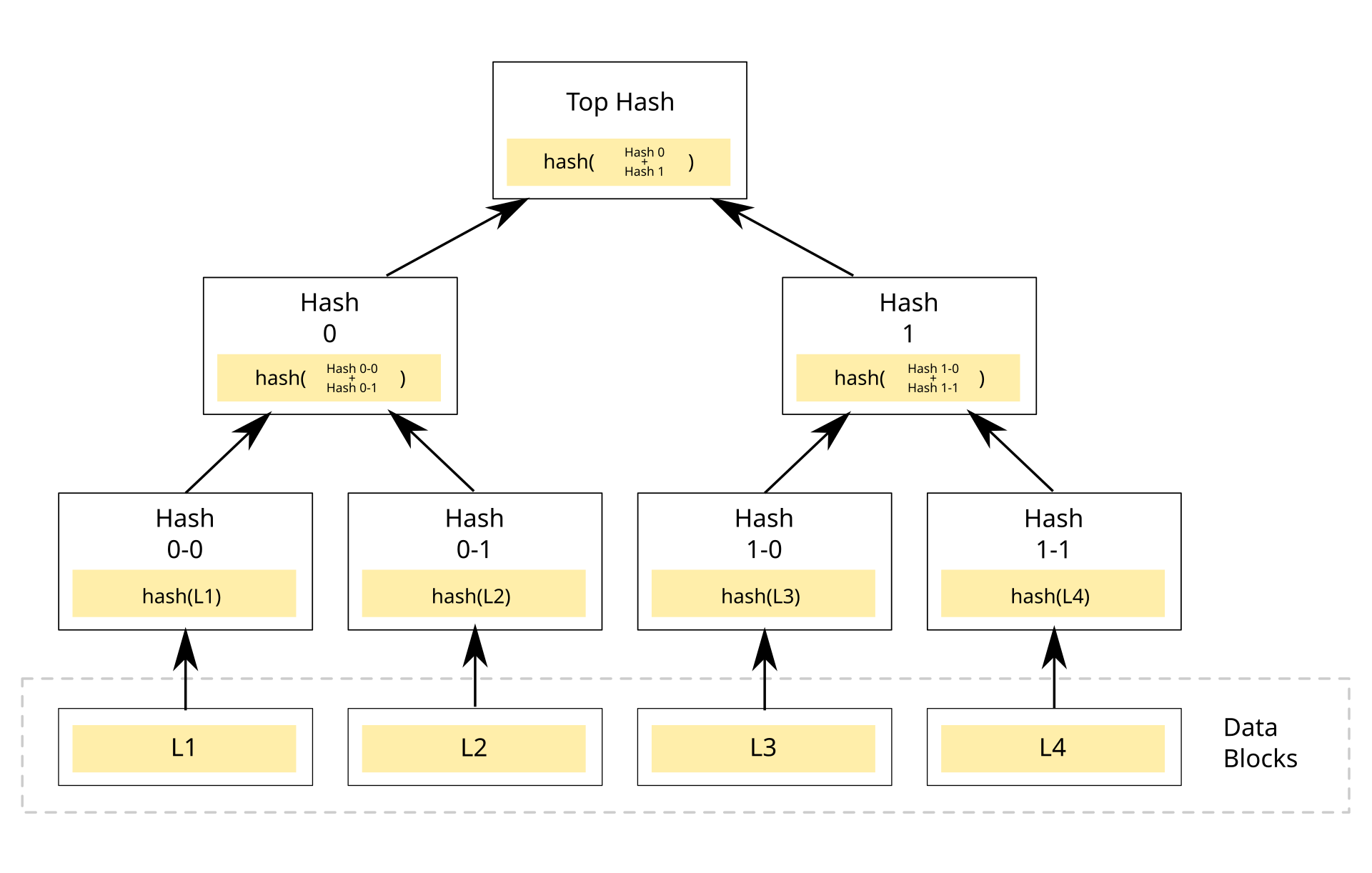How To Fix the Global Migration System
the global migration is broken - strategically kept confusing, expensive, lengthy, inaccessible, and complex for most of the world. I have decided I’m going to fix it.

I have spent the last 10 years traveling and working in over 50+ countries. I have gotten work visas from countries on all continents and over 20+ different tourist visas.
I have lived abroad as a diplomat in Geneva, a coding teacher in Bali, founder in the US, and dove deep into into every other legal status in between.
Navigating this immigration legal quicksand several times, it became clear to me that the global migration is broken - strategically kept confusing, expensive, lengthy, inaccessible, and complex for most of the world.
I have decided I’m going to fix it - here is how.
The Problem
Just because you can “technically” work from anywhere, it does not mean you can “legally” work from anywhere in the 21st century.
For those of us wanderlust travelers, always flirting with the idea of moving around, there still isn't an easier solution than spending hundreds of research hours and thousands of dollars on legal firms.
We have flown people to the moon, built autonomous flying vehicles, and produced virtual realities, but moving countries continues to be one of the hardest things a human can do.
Most country's immigration policies were built for a world where global migration was not nearly as accessible as it is today.
It took me 8 years to gear up the budget to engage immigration lawyers, but when I did, I quickly realized I had way more options than I originally thought.
Today, too many businesses struggle to find talent and talent struggles to find work. Even with remote work opening some doors, geography still continues to be one of the biggest professional ceilings for global talent.
At the same time, counties with higher immigration continuously showcase greater innovation and economic growth.
~55% of the US billion-dollar companies have at least one immigrant founder and 80% of unicorns have an immigrant in some crucial executive role.
Around 30% of all US entrepreneurs are immigrants. They’re risk-takers, global thinkers, diverse in experiences and ideas, who have managed enough stress to know how to handle it.
Migration needs a UX and tech stack upgrade if we’re going to solve the world’s most pressing issues.

The Solution
Interestingly enough, most immigration processes follow similar steps:
- Matching profiles to the right visa
- Visa petition generation
- Petition submission to government institution
Depending on the country and specific visa, the criteria and evidence required will differ. However, even the most renowned legal firms today work through email requiring clients to upload docs to a drive.
The opportunity landscape for improving the user's experience is huge. Here is our solution for each step.
1) Profile to visa matching
Through a survey, with embedded social logins and internet scraping, we offer a visa-matching algorithm outputting users a glimpse of which visas match best with their profiles.
From the list, users receive an overview of each visa type they are eligible for and the intricacies of them compared to one another for them to select the one they prefer.
2) Visa petition generation
Today, most innovation in the space has focused on building dashboards which outsource the evidence-gathering job to the clients. This evidence is then revised by paralegals who pass over the compiled resources to lawyers and often even craft the petitions.
However, language learning models are best designed for two use cases: discrimination and generation. And that is exactly what we need to produce successful petitions.
- We leverage LLMs to discriminate which evidence is valid for that specific visa. Validity depends on each visa type, but through fine-tuning models we're able to dissect how eligible the evidence provided is for a specific requirement.
- Once the evidence has been approved, then we leverage the models' ability to generate text and produce a compelling visa petition based on a previous successful application and specific prompt engineering.
Of course, this should always get revised by a lawyer - but we do aim to build a product where the revision exponentially shrinks over time.
3) Petition submission
Depending on each government, this may be done through e-filling individually or require a lawyer for the final submission.
We will offer legal assistance to whomever wants the full package, but will also enable users to modularize the offer to their needs and take their generated petition to another lawyer if they prefer.
4) Bonus: tracking
Most importantly, we will solve one of the biggest pain points of all: status tracking.
All of process will be transparently tracked via a clean dashboard for both lawyer and client - so the user is no longer anxiously uncertain of where they are in the legal process.
If today it takes ~1-6 months to get a US visa done and approved, we aim to cut that time in half, if not more.
By reducing lawyer time, we will also make it 10x cheaper. By focusing on the UX, we will make it easier of a process for everyone involved.
With the right solution, there is even a world where we can move countries in less than 10 clicks.
That’s the future I’m building.
How We Get There
We’re starting with tech workers and founders looking to migrate into the US. Why?
- Because they usually have an online persona, which makes data gathering easier for the algorithm and increase accuracy,
- They are likely to have press about them and published media, which helps to craft the petition narrative,
- In many cases they have already received traction and funding for their ideas, which validates their profile,
- And most importantly, they’re tech-savvy, early adopters willing to leverage technology for their legal processes.
We will go-to-market starting by accelerators, whose ~30% of founders are usually international and want to stay in the US to scale their projects to wider markets.
Then, we’ll grow by attracting their global talent and sponsoring their visas.
By the time we reach tourist visas, we’ll integrate the solution directly within travel platforms, so users can get their paperwork done directly off of Skyscanner, Google Flights, Kayak, and others.
Once we have a trusted process for the US, we’ll scale to European, Asian, Australian visas.
Naturally, we will become a hub to expand into helping expats with taxes, relocation services, and community-building.
We’re building the Turbo Tax for global migration.
Get You There will make global migration as easy as buying the plane ticket.
-- Looking to move to the US? Subscribe here and get weekly updates.
We’re just getting started.


.svg)



















